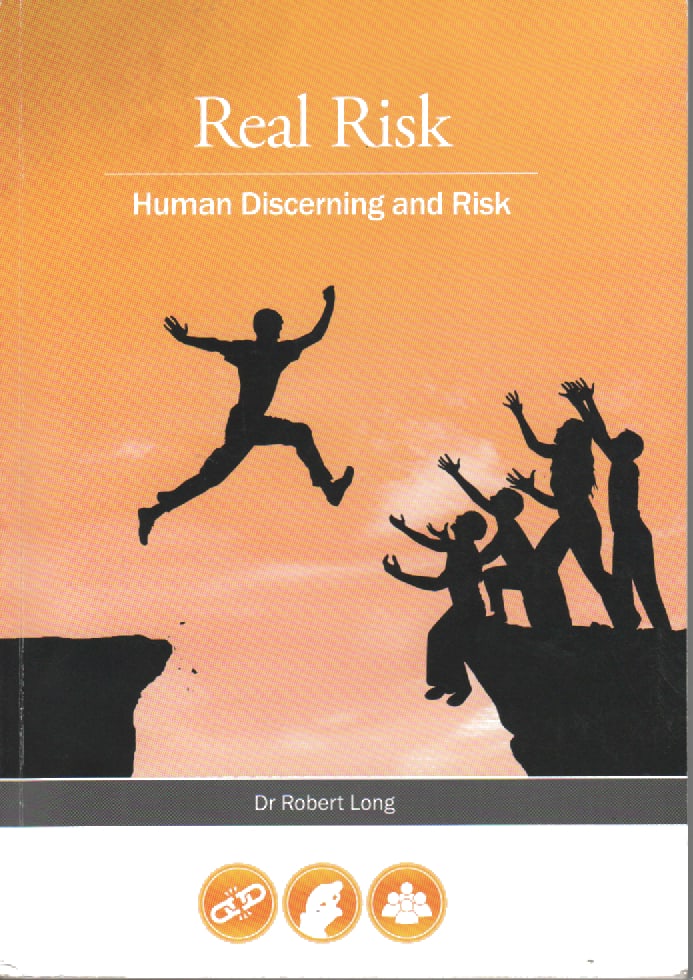 When people mention safety, they are often really talking about risk. In a similar way, people talk about the absurdity of ‘elf ‘n’ safety when they actually mean public liability or food safety or HACCP. And when some professionals talk about risk management they mean minimising the cost to the employer or controlling reputational damage.
When people mention safety, they are often really talking about risk. In a similar way, people talk about the absurdity of ‘elf ‘n’ safety when they actually mean public liability or food safety or HACCP. And when some professionals talk about risk management they mean minimising the cost to the employer or controlling reputational damage.
Recently two books were released that illustrate the limitations of the current Western/patriarchal society’s approach to workplace safety. Dr Dean Laplonge has written about gender and its role in making decisions and Dr Rob Long has written his third book on risk “Real Risk – Human Discerning and Risk“. Both deserve close reading and that reading should be used to analyse how safety professionals conduct their work, the organisational environment in which they work and the cultural restrictions imposed in their technical education.
Laplonge has written a book out of the extensive research and training on gender issues in the mining industry. “

 A quick online search reveals a plethora of advice and information about choosing the right mood-altering paint colours for office walls and selecting the best beanbags for worksite chill-out spaces. Not to mention the availability of on-site massages to ease employee tension and anxiety.
A quick online search reveals a plethora of advice and information about choosing the right mood-altering paint colours for office walls and selecting the best beanbags for worksite chill-out spaces. Not to mention the availability of on-site massages to ease employee tension and anxiety.